Applied GIS and Spatial Analysis
📍 Applied GIS and Spatial Analysis – Real-World Solutions with Spatial Thinking
“Applied GIS and Spatial Analysis” is a practical guide that bridges geospatial theory with actionable outcomes. It demonstrates how Geographic Information Systems (GIS) and spatial statistics are used to tackle real-world challenges across sectors like urban development, environmental management, public health, and business analytics.
With step-by-step examples and case studies, this book introduces tools and techniques such as spatial interpolation, hotspot analysis, buffer modeling, regression mapping, suitability modeling, and spatial decision support systems (SDSS). It focuses on turning raw data into smart maps and spatial intelligence for planning, decision-making, and prediction.
This book is ideal for:
- 🗺️ GIS professionals working in applied domains
- 📊 Urban planners and policy makers using location data
- 🧑💻 Researchers integrating spatial statistics into studies
- 🎓 Students looking for applied GIS case studies and methods
Whether you're mapping land use change, evaluating public service access, or designing market strategies, this book equips you with the tools and mindset to turn spatial data into real impact.
Keywords: Applied GIS, Spatial Analysis Techniques, GIS Case Studies, Location Intelligence, Spatial Decision Support, Urban and Environmental GIS, GIS for Public Policy

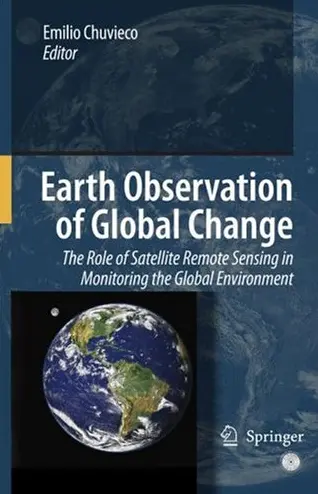
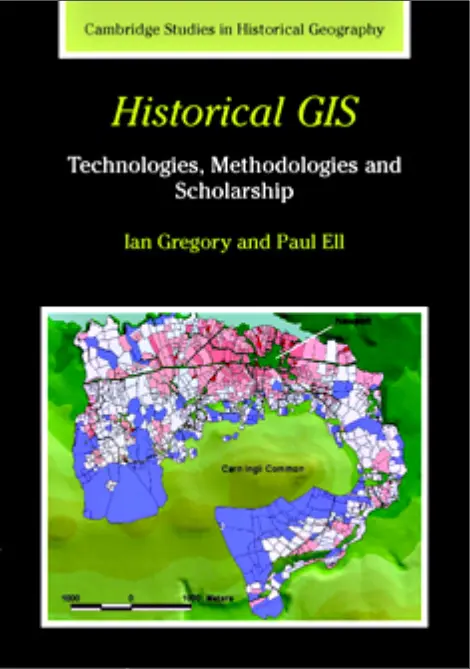
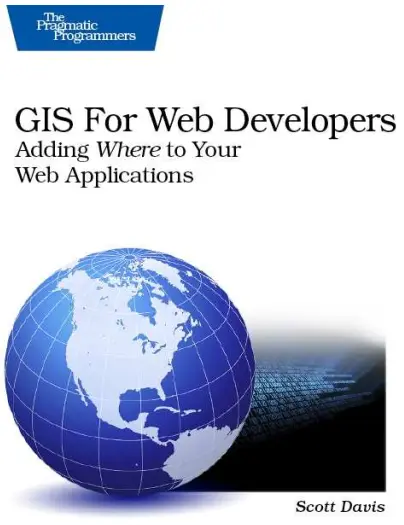

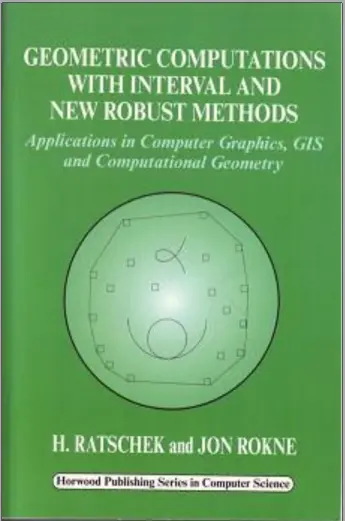
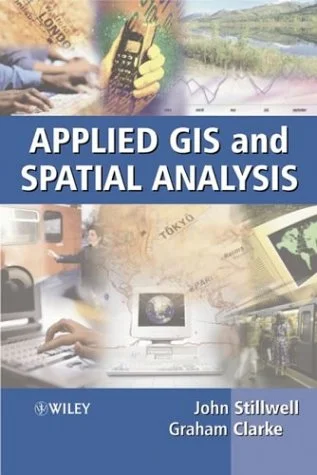
comments
Leave a Reply
Your email address will not be published. Required fields are marked *